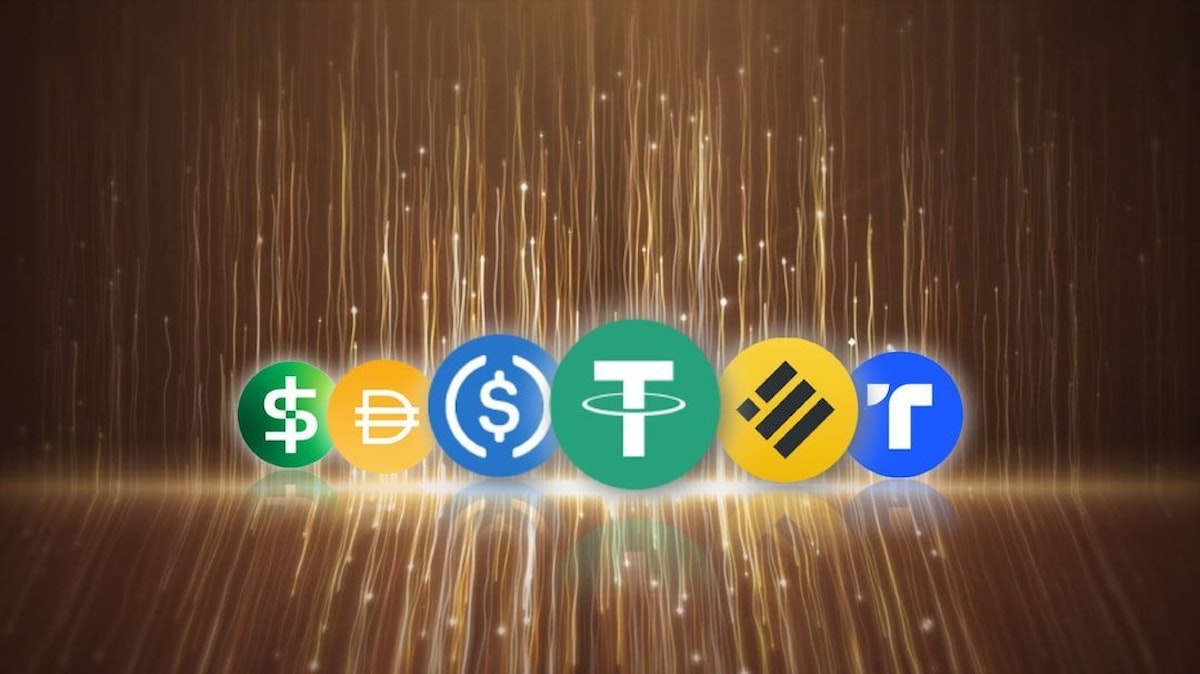311 reads
What Stablecoins Are And Why They Matter

Too Long; Didn't Read
Stablecoins act like a link to the traditional banking system. They are like a safe haven for investors/crypto users who want stability while still staying within the crypto ecosystem. This piece explains everything you need to know about stablecoins, including types of stablecoins, the stablecoin Trilemma, and their regulation.Freelance Blockchain/Crypto Writer | I love writing about everything Blockchain and Cryptocurrency.
About @toluajet
LEARN MORE ABOUT @TOLUAJET'S
EXPERTISE AND PLACE ON THE INTERNET.
EXPERTISE AND PLACE ON THE INTERNET.
STORY’S CREDIBILITY
Original Reporting
This story contains new, firsthand information uncovered by the writer.
L O A D I N G
. . . comments & more!
. . . comments & more!

